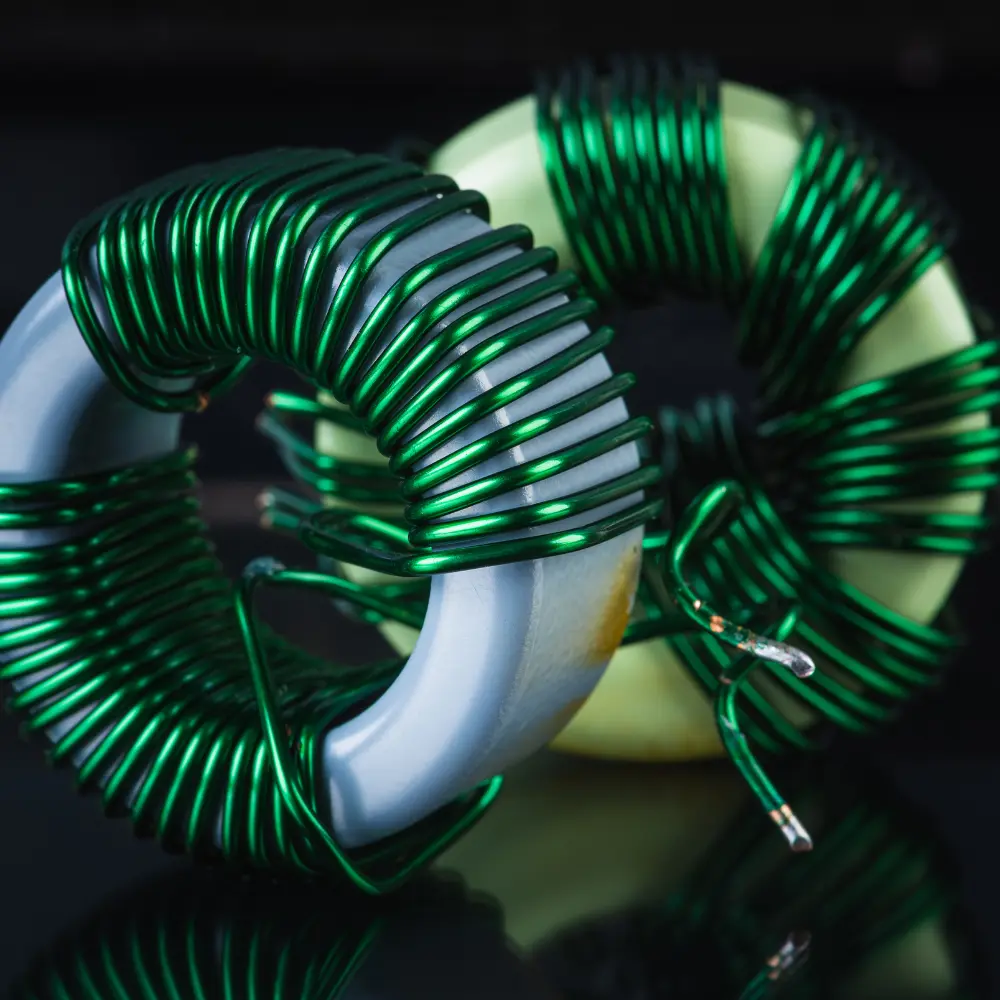Engineers often face the challenge of ensuring toroidal transformers can endure and perform optimally in corrosive environments. These transformers are favored for their efficiency and compact design, but their exposure to harsh conditions can lead to significant issues that compromise both functionality and longevity. By examining the vulnerabilities of different materials used in these transformers, understanding the specific impacts of various types of corrosion, and exploring effective preventative measures, we can better equip these vital components to withstand the demands of challenging environments. Knowing how to reduce corrosion of toroid transformers is crucial for anyone looking to enhance the durability and reliability of toroidal transformers in their projects.

Material Vulnerabilities
Different materials are used for cores and windings in toroidal transformers, each with specific vulnerabilities to corrosion depending on environmental conditions. Understanding these materials and their reactions to corrosive elements is crucial for maintaining transformer integrity.
- Core Materials: Toroidal transformers typically use silicon steel cores, which are susceptible to rust and corrosion when exposed to moisture and oxygen. Corrosion of the core material can lead to decreased magnetic permeability, directly affecting the transformer’s efficiency and functionality.
- Winding Materials: The windings, usually made of copper or aluminum, are also at risk. Copper is relatively resistant to corrosion but can still suffer from verdigris (copper carbonate) when exposed to certain substances like carbon dioxide and water. Aluminum, while commonly used for its lightweight and cost-effectiveness, is more vulnerable to corrosion, especially pitting and galvanic types.
Specific Examples of Corrosion Impact
Corrosion can manifest in various forms in toroidal transformers, each with unique impacts depending on the environmental conditions and materials used. Here are some specific examples of how corrosion can affect different parts of these transformers.
- Uniform Corrosion: In a coastal environment, the salty air can cause a uniform thinning of the exposed metal parts of a toroidal transformer. Over time, this can weaken the metal casing or lead frame’s structural integrity, potentially leading to fractures or deformations under mechanical stress or thermal cycling.
- Pitting Corrosion: Chloride ions, prevalent in industrial environments, can cause localized pitting in stainless steel casings used for toroidal transformers. These pits can penetrate the surface and provide a pathway for moisture to reach the underlying metal, exacerbating corrosion and potentially leading to internal damage.
- Galvanic Corrosion: If a toroidal transformer uses different metals for the core and the casing or different types of metal in its connections, and these metals are exposed to an electrolyte, galvanic corrosion can occur. For instance, if exposed to moisture, a transformer with a copper winding and an aluminum frame can experience accelerated corrosion at the connection points.
Detailed Explanation of Consequences
The consequences of corrosion in toroidal transformers are multifaceted, affecting everything from electrical performance to structural stability. A detailed exploration of these consequences helps illustrate the critical nature of corrosion prevention and management.
- Decreased Electrical Efficiency: As the core corrodes, its ability to effectively channel magnetic fields diminishes, increasing core losses (hysteresis and eddy current losses). This inefficiency manifests as higher operating temperatures and reduced electrical performance.
- Structural Weakness: Corrosion can reduce the mechanical strength of the transformer’s structural components. For instance, a corroded mounting bracket may fail, leading to physical misalignment of the transformer, which can stress the windings and lead to electrical failures.
- Insulation Failure: Corrosion can indirectly lead to the breakdown of the insulation system. Corrosive byproducts can seep into the insulation material surrounding the windings, reducing its dielectric strength and increasing the risk of short circuits.
Preventive Measures for Toroidal Transformers
To combat these issues, it’s essential to apply protective coatings to metal parts, use corrosion-resistant materials like coated steel or specific grades of stainless steel, and ensure proper sealing and environmental controls are in place to prevent exposure to corrosive agents. Understanding and addressing these corrosion mechanisms is crucial for maintaining the reliability and longevity of toroidal transformers, especially in environments prone to corrosive elements.

